Latest News From Smidge Wines
Winery Logistics in a Heat Wave

During a week of scorching weather, like many wineries we found ourselves in the uncomfortable position of contacting clients regarding what would become late deliveries of their wine order. Heat and warmth is both a friend & foe of wine and it is certainly important for fruit maturation and even fermentation. However, for transport and storage a small daily range is what we like most, and we will always do our best to avoid excessive heat is critical.
For us, with sometimes years of work that goes into making, packing and storing a single wine it’s best we don’t trip at the finish line, and ship in a heat wave for the wine to become ‘cooked’ in the back of a truck. A result I’m sure that would risk our client’s ultimate enjoyment of the wine.
What Does All This Rain Mean For Our Grapes?

As we head into another growing season, and with the recent confirmation that a third successive La Nina season is happening, a number of people have asked "what effect is all of this rain having?"
In the short term, if it rains on and off until mid December, and keeps the soil moisture levels at a moderate level, then things will be good, as the vines will be healthy, have good canopies and not be stressed.
In saying that, there are a number of factors that growers need to be aware of that may lead to increased disease pressure, such as the volume and timing of precipitation, along with the associated temperature. If there is sufficient rainfall to actively promote good canopies, although only enough to result in low disease pressure, then canopy management becomes more important than normal.
Excessive foliage will require a trim to maintain good airflow, or else the disease pressure will more than likely increase as the humid air becomes trapped in the canopy. Not only do dense canopies reduce airflow, they become a barrier to spray efficacy. Therefore dense untrimmed canopies would most likely lead to mildew and botrytis infections. Furthermore, timing of the rainfall is critical. If the rainfall occurs during important physiological stages, such as flowering, then the level of fruit set may be greatly reduced.
So, in short, small amounts of regular rainfall this side of Christmas can be beneficial to allow canopies to grow, whereas excessive rainfall and the bad timing of rainfall can lead to "big" canopies and escalate unwanted disease. pressure, while also impacting important physiological stages.
What Does a Winemaker Drink at Home?

Now that vintage has come to an end, we had the chance to chat with Winemaker Matt Wenk and ask him what he likes to drink at home - it turns out it is a curious question that he's been asked once or twice before.
To kick off, I jumped straight in and asked when he's at home does he ever drink his own wine? As always Matt was generous with his time and answer.
"This is a question I am often asked at the Cellar door, or at nearly any social situation I can think of I am almost always asked these questions. The next question I'm asked is ‘Do you ever get to enjoy wine – or is always work?’.
To start – sometimes I don’t drink wine at all! After a day of barrel trials, or tasting I’ll often have a cold beer or sparkling water – to cleanse the palate, refresh, hydrate and reset.
Then there are the nights I’ll bring home a trial blend to try with dinner, or dust off an old vintage to see how it is faring – testing closures, storage and generally how it is developing relative to my expectations of that vintage.
Equally, I love trying the efforts of someone else’s blood, sweat & tears. Both locally & internationally, I enjoy comparing vintages, varieties & styles and see how we compare. Then there are the times we’ll open a special bottle whether it is a cheeky glass of fizz or something else we’ve collected along the way – it might be for a celebration or just because.
I’m also a fan of trying anything I can get that is a little different no matter where it is from or what variety it is. It’s important to me to understand what is happening and not to restrict my frame of reference to what I make, and like to drink.
And to answer ‘is it always work?’ Absolutely not! How can drinking something delicious with good food and good friends be work? As the saying goes - If you love what you do you’ll never work a day in your life!’."
So What Exactly is Vintage?
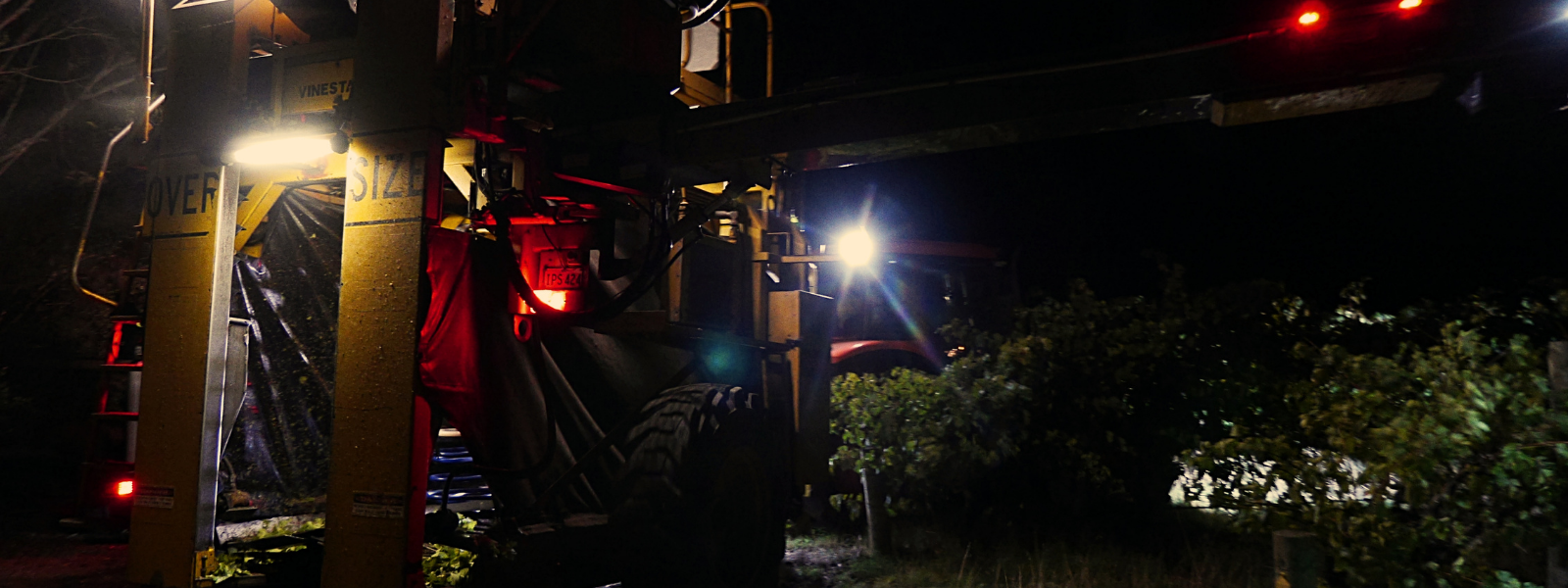
As you expect, at this stage of the year –we talk a lot about vintage – which in some English speaking regions in the northern hemisphere (& sometimes here) is also referred to as harvest.
Some people know exactly what I am referring to, although more often than you may think, I am asked what I mean when I say ‘vintage’? The question is then often followed by – has it got something to do with the year on the bottle or is that the year the grapes were grown or the year the wine was bottled?
So for the many people who have thought about these questions, but never asked I felt it might be helpful to shed some clarity on the subject.
Firstly, the vintage (or year) on the bottle does refer to when the grapes that made the wine in the bottle are picked. When Australian winemakers are referring to vintage – generally they are referring to the sleep deprived 8 or so weeks that it takes to pick and process fruit. Larger wineries will run 24 hours a day – making sure fruit is picked and processed in a timely manner, some wineries will run 12 hour shifts, others somewhere in between – at the end of the day every winemaker has their own plan of attack!
Smaller producers, and in our case, micro wineries are often without the luxury of structured shifts or hours. As purists, we are a slave to picking at the perfect time and getting things done at the perfect time - which is most often balancing fruit readiness, the weather forecast, availability of picking crews, and a free fermenter– At any point it can all come undone in a heartbeat from availability of trucks getting fruit from vineyards to the winery, a harvester breaking down, yields not running to forecast or a grower going away for a long weekend (yes, it does happen!).
The weather forecast is one of the most important elements. Other than the obvious influence on ripeness, it is looking at timing and balancing where a vine and fruit is now, where it will go based on weather expectations. For example, what may seem counter intuitive, sometimes we will irrigate slightly before rain to stop the vines panicking and sucking up every last drop in the soil which may in turn cause berry splitting. Equally we may try and get a pick in before rain or cool weather which may push back the vine and its fruit's ripeness and balance interms of sugar and flavour.
It may seem a challenging task, but I don’t know a winemaker that doesn’t love it. And then once in a lifetime (or at least the first in mine) you get a year like 2021. The Midas of picking seasons, and ones that dreams are made of. Quality was extraordinary by any standard, coupled with even ripening across blocks that was staggered between regions, varieties and sites ensuring we had the luxury of picking exactly how and when we wanted. Here’s crossing everything for another one this year...and by all accounts, it's a pretty good start!
Here's to Vintage '22, cheers!
The Grapes Don't Care About Covid
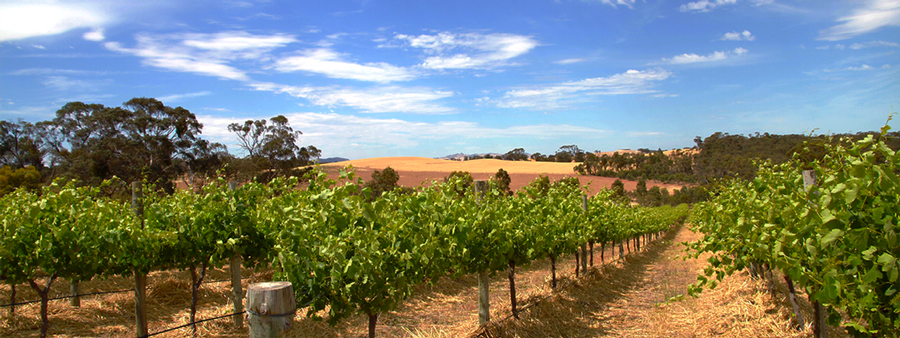
While COVID has been an international distruptor on a scale that most people could not imagine, its impact on viticulture has been a little more nuanced. This week we sat down with Matt Wenk, Smidge founder and winemaker to get his take.
Matt begain by saying "Needless to say most people are now familiar with supply chain disruptions, and the need to find to new markets and even new ways of delivery.
Like any primary producer we are ultimately a slave to the weather, the vines keep growing, which inturn need harvesting and in time need pruning. Historically, our industry has ticked along nicely with a generous availability of local and transient workers, however COVID has been the ‘gift that keeps giving’ with another disruption to the backbone of our vineyard support.
This year we were on tenterhooks as promised start dates for pruning crews came and went on multiple occasions ( ultimately due to much lower numbers of pruners, but the same number of vines!). Fortunately, with a season starting a little later, and a well-timed barrel prune to buy us some grace, we were able to scrape in with our "2 bud spur" pruning being done in the nick of time
Equally, international placements have often been a hallmark of our vintage crew, in much the same way that I have had the privilege of working vintages around the world – it has been our way of reciprocating the opportunities – while at the same time having a splash of new energy, outlook and culture, that is always refreshing, even if not always a 100% fit . unfortunately, as an industry, it has been quite difficult securing casual employees for the 2022 vintage – While it seems early to even be thinking this…fingers crossed for 2023 [😊]"
Corkage Culture?

Corkage for "BYO wine" can be as divisive as religion and politics, so this week we’ve sat down with Smidge Winemaker & Founder Matt Wenk to get his take on something that can make or break a dining experience.
Unexpectedly, Matt started by chatting about the contribution a particular wine can make to enhance a food experience, in much the same way good company does. Sometimes it can help create the perfect food and wine match, and other times it can be a wine that has been carefully stored for years for a celebration or happy memory that will just make a night out special. So it is important not to dismiss any wine at any time and appropriate corkage culture is important to achieve this. He said it is critical for all parties to do their bit. “The margin a restaurant makes on a bottle of wine helps cover glassware, cleaning, breakages, service and in many cases maybe most of or even the only profit a restaurant will make on a cover – so in my own mind it is not just reasonable, but critical for an establishment to charge a balanced level of corkage to help ensure they are around to serve good food for another day”. During COVID and subsequent reduced occupancy this is even more important.
Independent on the specific restaurant charges, Matt has listed his top tips to drive success
1) Ring in advance especially if you are taking more than one botte– sometimes restaurants will prefer wines to be dropped off in advance, equally this is a good opportunity to find-out any charges to ensure there are no surprises on the night
2) Don’t bring wines that are already on a restaurant's wine list or readily available at liquor outlets
3) Be sure you buy a drink or two off the establishment's list, a pre or post dinner tipple purchased is always appreciated
4) If it’s a very special bottle or something fairly rare, it can be a nice touch to invite the sommelier to enjoy a taste too!
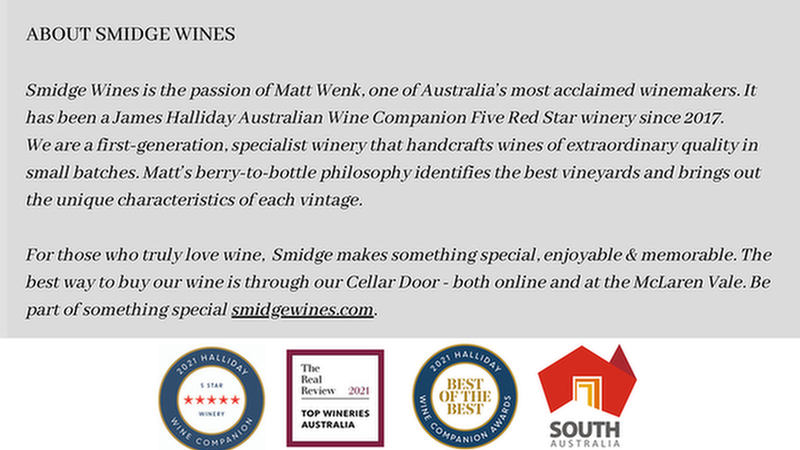
Why are Smidge Wines Vegan? - It might not be what you think
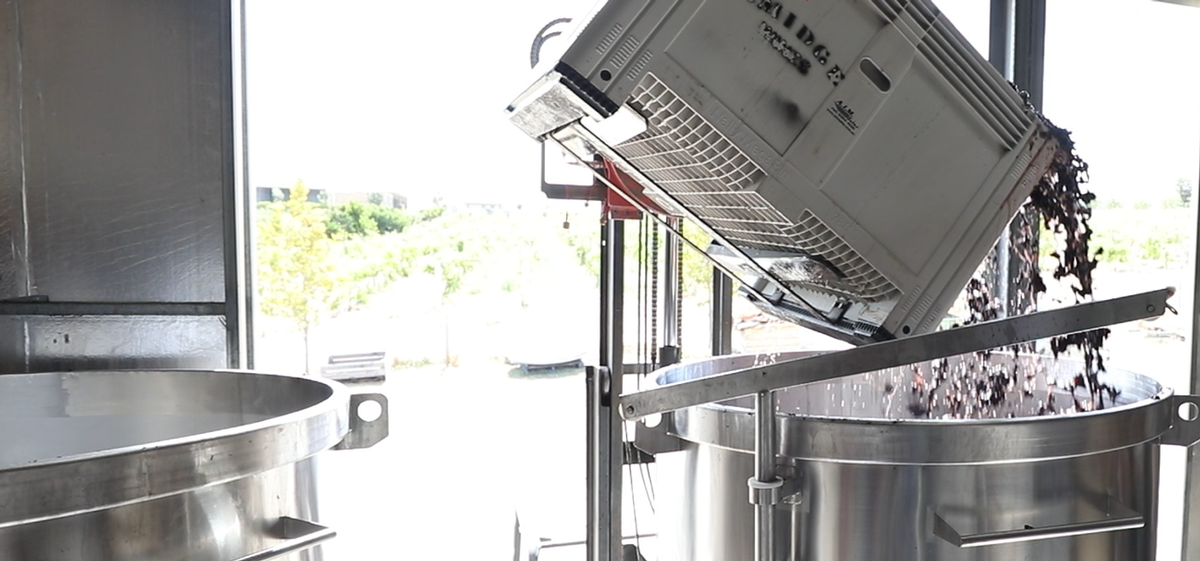
Every winemaker endeavours to produce the best wines they can and picking fruit at the optimal time makes life in the winery easier with flavours and structure regularly falling into place. Sometimes things may not be completely perfect and fining agents to remove "background noise" (things that may subdue aromas or are bitter on the palate) become useful tools in achieving this goal. The "one percenters" are crucial and short cuts should never be entertained, although efficiency should not be ignored either.
In the formative years of my career in the 1990's, I trialed many fining agents and found that several of the proteinaceous fining agents required long winded and often messy preparation before use. With several steps in the preparation process, there was more chance of human error occurring, especially if different personnel were involved, leading to possible inconsistencies between batches affecting results. This group of fining agents include products such as egg whites, isinglass, milk and milk derived products. Although their results were good, due to the aforementioned potential inconsistencies and sometimes messy preparation, I sought an alternative. Although rarely required, if there is a need, I now use a non-proteinaceous agent that is non-soluble, synthetic with a high molecular weight.
This product requires little preparation, is easy to use, settles quickly and has a broad spectrum of uses. Although subjective (as with many things in the wine industry), I found the results were equal to and regularly better than its proteinaceous counterparts. Therefore, when required, I have used this product ever since. In saying that, I am led to believe some of the newer proteinaceous products on the market are easier to use than their older counterparts, but use of these products would not allow me to call my wines 'vegan friendly'. - Matt Wenk.
- Matt Wenk
Natural - accidental - authentic wines and vineyard expression (the sense of place)

Over the years, I have read articles, spoken to people and tasted wines associated with the natural (natty) wine movement and have slowly picked up a spectrum of knowledge that I keep in the back of mind during vintage and the winemaking process. Wine is a wonderful thing and whether you are associated with the industry or a consumer, trying different varieties and/or styles of wine is a fascinating experience. Over the years, I have tried a broad range of “natural” wines and many were memorable for the right reasons, while some unfortunately were not!
The three names appear in the heading because there is no universally accepted name or definition. “Natural” wine is the most common name, and a wine under this banner can be described as one that comes from fruit grown sustainably, picked at moderate sugar levels to avoid excessive alcohol, made with as little or no manipulations or additions as possible, be fault free and ultimately exhibit characters that only reflect their origin. It has been seen that a number of those who align themselves to this regime suggest that the wines made by other more “conventional” winemakers are not “natural”. Grapes by sheer definition are natural and so a resultant wine, too, should be described as natural. I agree that in some situations, with the use other processes/aids and the addition of other compounds, one may describe the resultant wine to be very different to what you may expect or for arguments sake, “unnatural”.
Myself, as a winemaker, like many others do strive to minimise our inputs during the winemaking process and therefore a number of Smidge’s wines have no major adulteration during the winemaking process, such as acid adjustment and only see sulphur dioxide at moderate to low rates of addition after primary fermentation (white wine) or malolactic fermentation (MLF, where malic acid is converted to lactic acid – red wines), which may occur several months after vintage and then a slight adjustment at bottling.
If fruit is picked in pristine condition at optimal ripeness, with good flavour and lively acidity, fermented cleanly, pressed off and put to physically and microbially clean oak, it is amazing how vibrant and clean a wine can be after a number of months without any SO2 addition to help protect against oxidation and microbial spoilage. Once MLF has completed, then I do rack the wines from barrel and add a moderately low level of SO2 to protect the wine. We have come this far, there is no point in ruining everything now.
Great wine is made in the vineyard and then as winemakers, we have two options, respectfully guide the fruit through the process maintaining quality or alternatively, just be lazy and ruin the wine, plainly and simply. I know which I prefer. As a winemaker, our goal should always be the methodical and intelligent nurture of the varying concentrations of site-specific compounds in the fruit to detectably pleasing compounds in the resultant wine.
Another suggested name for these type of wines is “authentic” wines, which leans towards the fact that the fruit used in these wines must have come from vines grown organically and/or biodynamically. I can appreciate this concept to a certain extent, although many vineyards, especially in warmer regions, are grown very closely to organic principles, producing high quality fruit (such as our own Willunga block) although the conversion to organic certification is never pursued due to the time required to do so or long term economic reasons. Therefore, these vineyards should not be dismissed as not being able to produce high quality wines.
At the end of the day, vineyard expression (terroir) and fruit quality is not necessarily related to minimal intervention. Healthy, balanced vineyards grown in desirable conditions will result in high quality fruit that expresses its origins, which in turn leads to wines with great varietal and site expression, when picked in the “optimal” window and made with consistent winemaking techniques. These techniques will be a mixture of those described as modern conventional and those based on Old World ideologies. The critical aspect (for me at least) is that all of the practices implemented are thoughtfully and carefully executed to maintain the purity of fruit and the sense of place, aided by the subtle additions of sulphur dioxide (SO2) at critical points of the winemaking process to minimise oxidation and chemical reaction that unnecessarily produce undesirable compounds. SO2 is produced naturally by yeasts during fermentation and subtle additions later in a wine’s life are not taboo. The majority of small to medium proiducers are very conscious of their winemaking and in this day and age health-conscious consumers, so they are not heavy handed with their SO2 additions. More commercial wineries, relying on more consistency of product do typically (not always) add higher rates of SO2, although the levels are not high in the scheme of things, especially compared to the levels used in the dried fruit industry.
All in all, no matter how you make your wine, if the fruit is high quality, in balance and in sound condition and the winemaker looks after it during fermentation and the wine during maturation, then the bottled product should be of high quality and a joy to drink. For the consumer, wine is objective, much like food, films, music, art etc. The list is long and these are the things that help the world go round.
Cheers
Matt
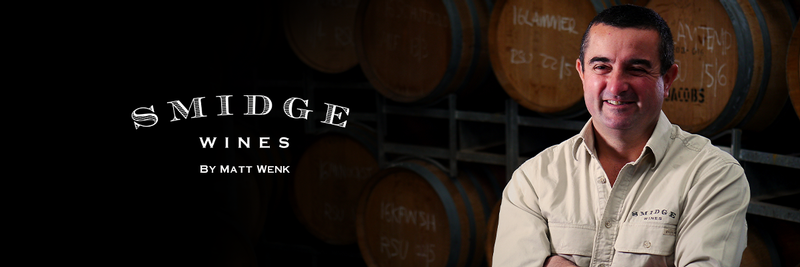
Matt Decanted? Watch out for Matt's latest podcast - Coming soon

In a second new announcement in as many weeks Smidge Wines founder and winemaker Matt Wenk will be hosting and publishing a new curious and interesting Podcast Series – Matt Decanted. Featuring a number of industry icons, winemakers and lovers of food & flavour Matt and his guests talk about all things including wine, where their love of the industry started and the journey there (& much more!).
In his first series ‘on tour’ Matt has toured the state from cellar doors to small goods chatting to South Australian champions such as Corrina Wright, Sam Scott & Andy Coppard as they share stories and the microphone. Watch out the first podcast is due to be published in early November.
Sneak Peak into Updated Houdini Range
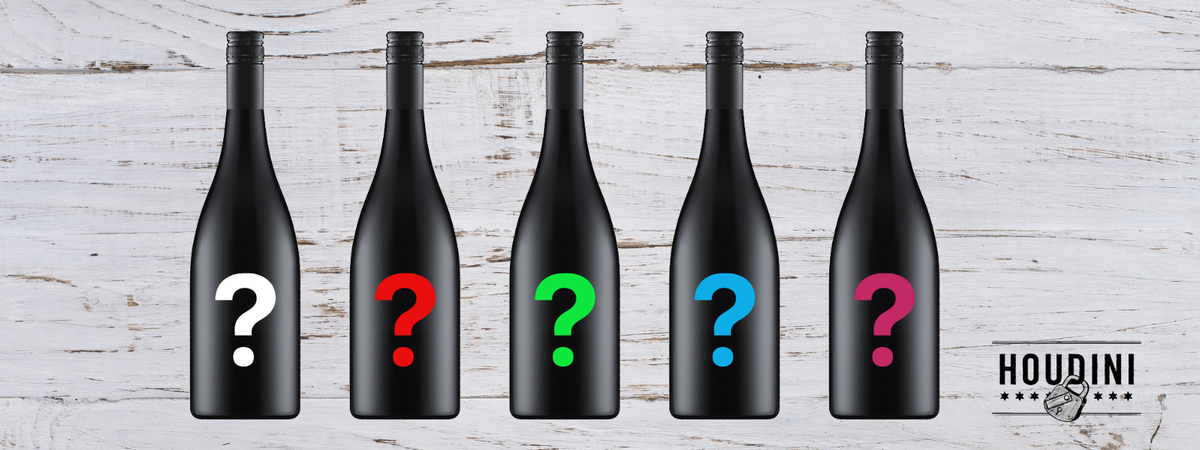
Matt Wenk, Smidge Wines founder and winemaker offers a sneak peak into the new Houdini range.
Today, Matt Wenk, Smidge Wines founder and winemaker provided a sneak peak into a refreshed wine label for is acclaimed and popular Houdini Range.
“Houdini is one of our original brands and has a firm place in our heart – modernising our original label was never going to be quick or easy ” says Matt. “Our first release was a creatively named ‘2006 Red Wine’ which was actually our first Shiraz Zinfandel. Much has happened since then, with the range expanding regions, varieties and styles – lead by the popular McLaren Vale Shiraz and Cabernet, a McLaren Vale Fiano, Adelaide Hills Sauvignon Blanc and Adelaide Hills Rose.
The journey for refreshing the label has not been an simple one, with more that 6 different attempts over recent years for an update. So what made this one different? Matt says he and wife Trish picked this design as it carefully balanced the heritage of the label with a modern twist.